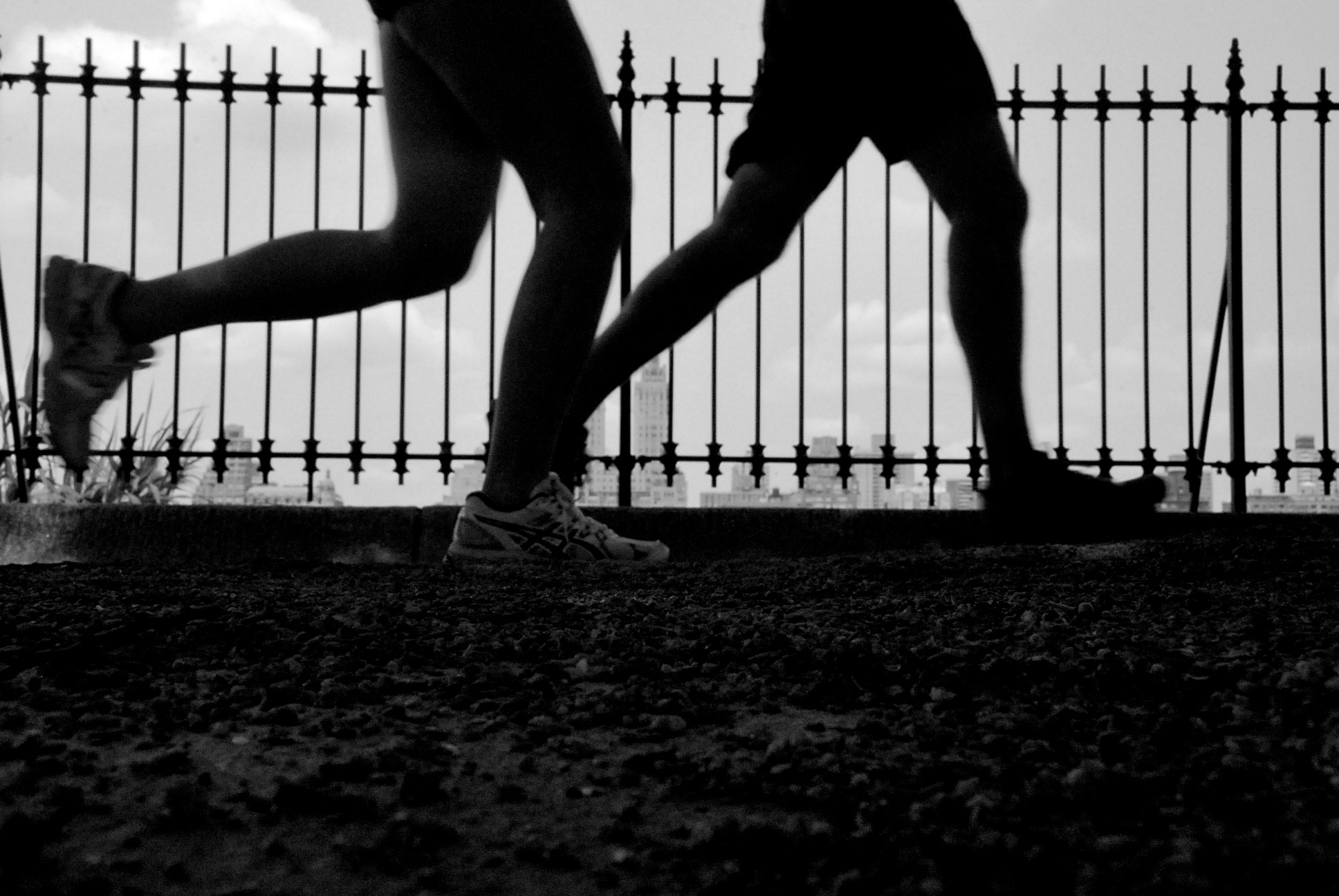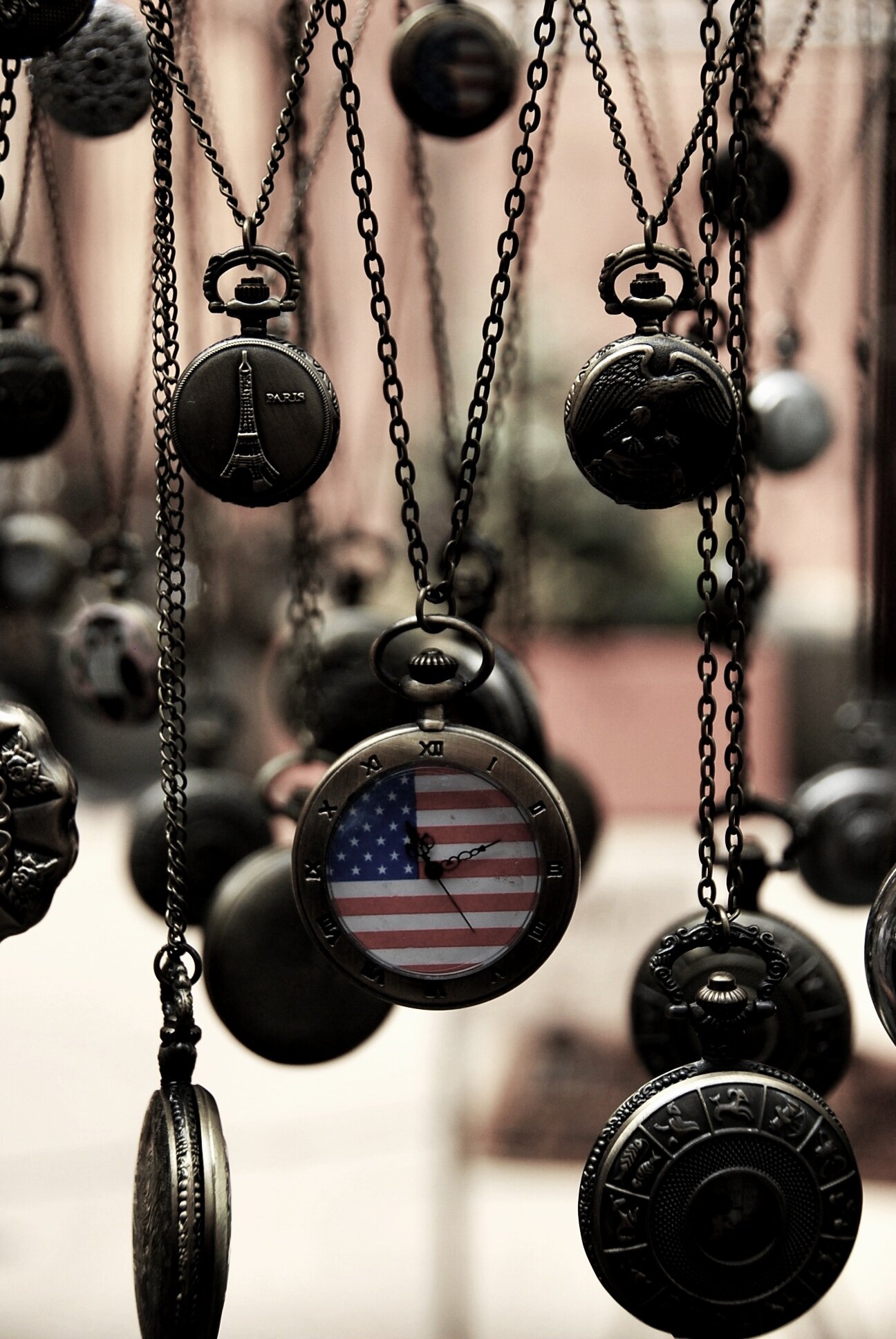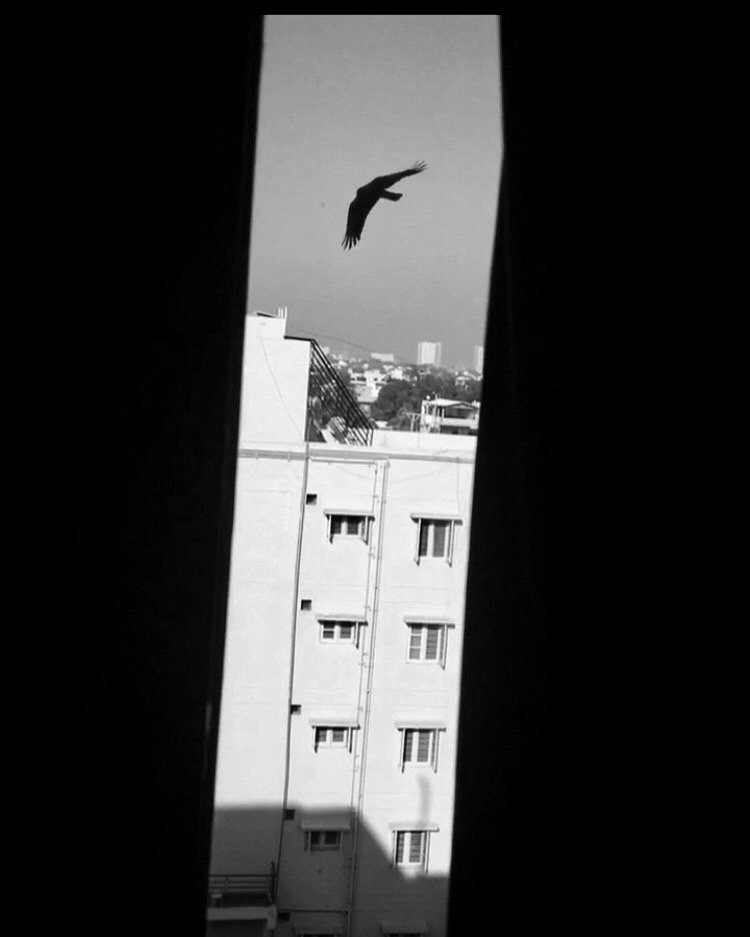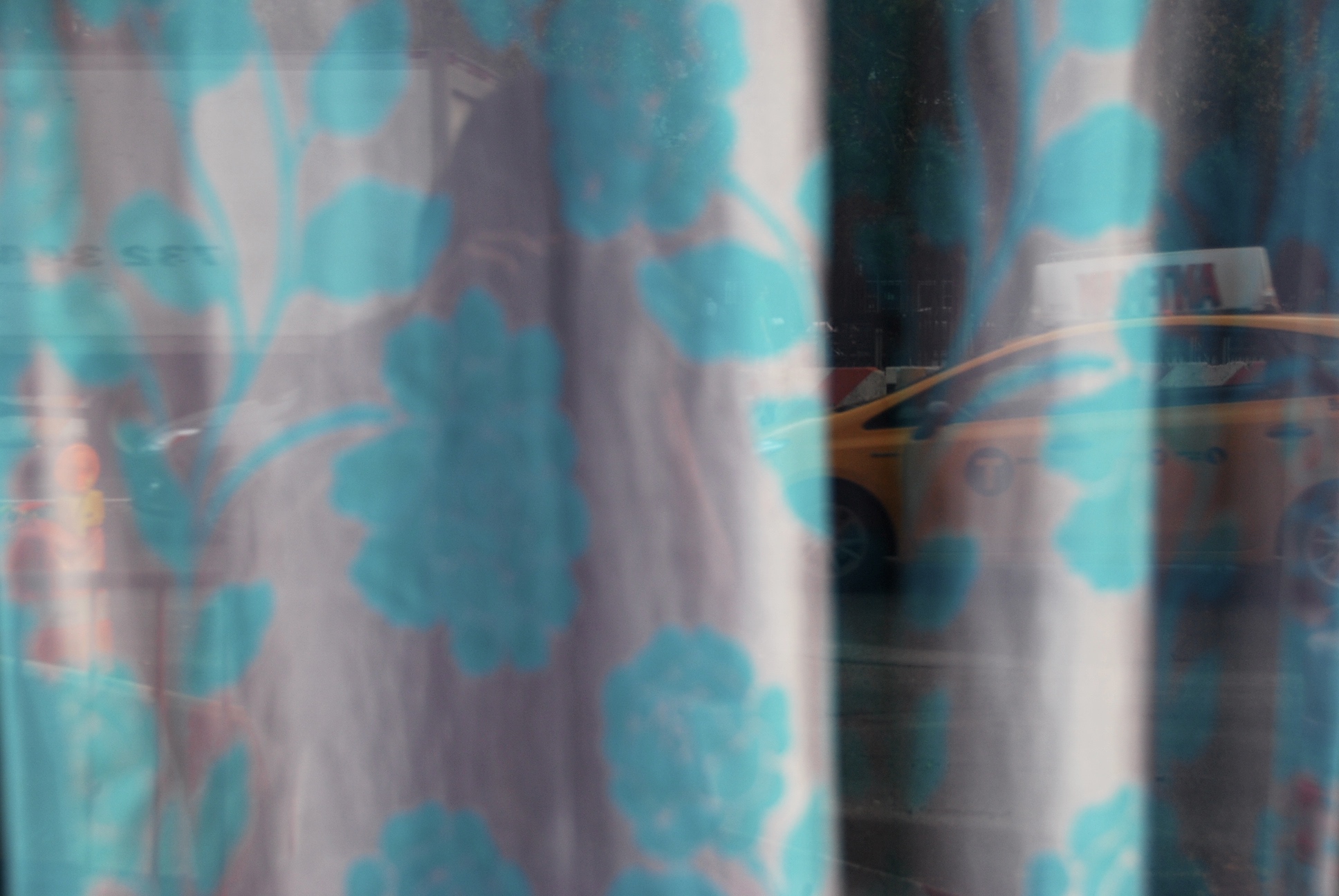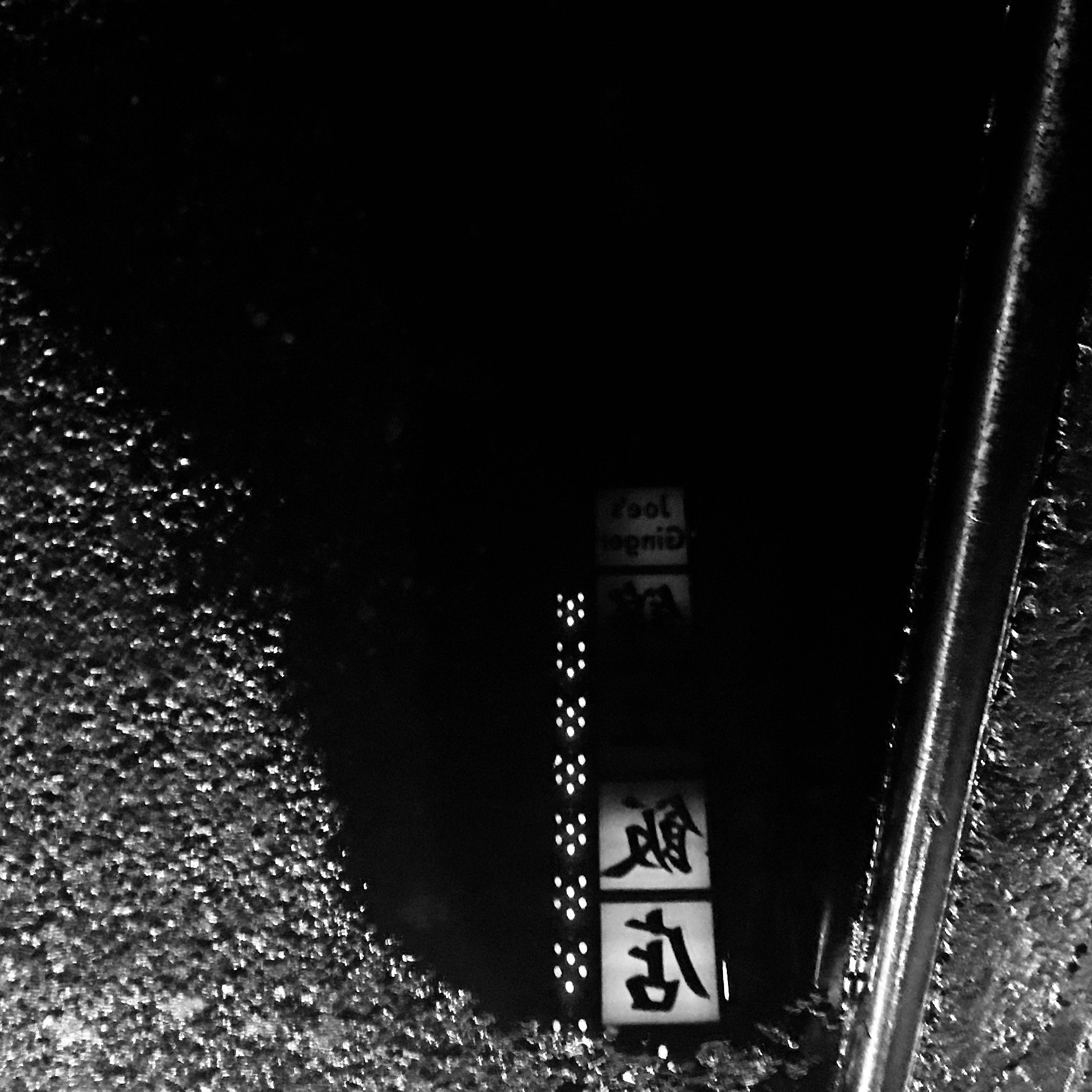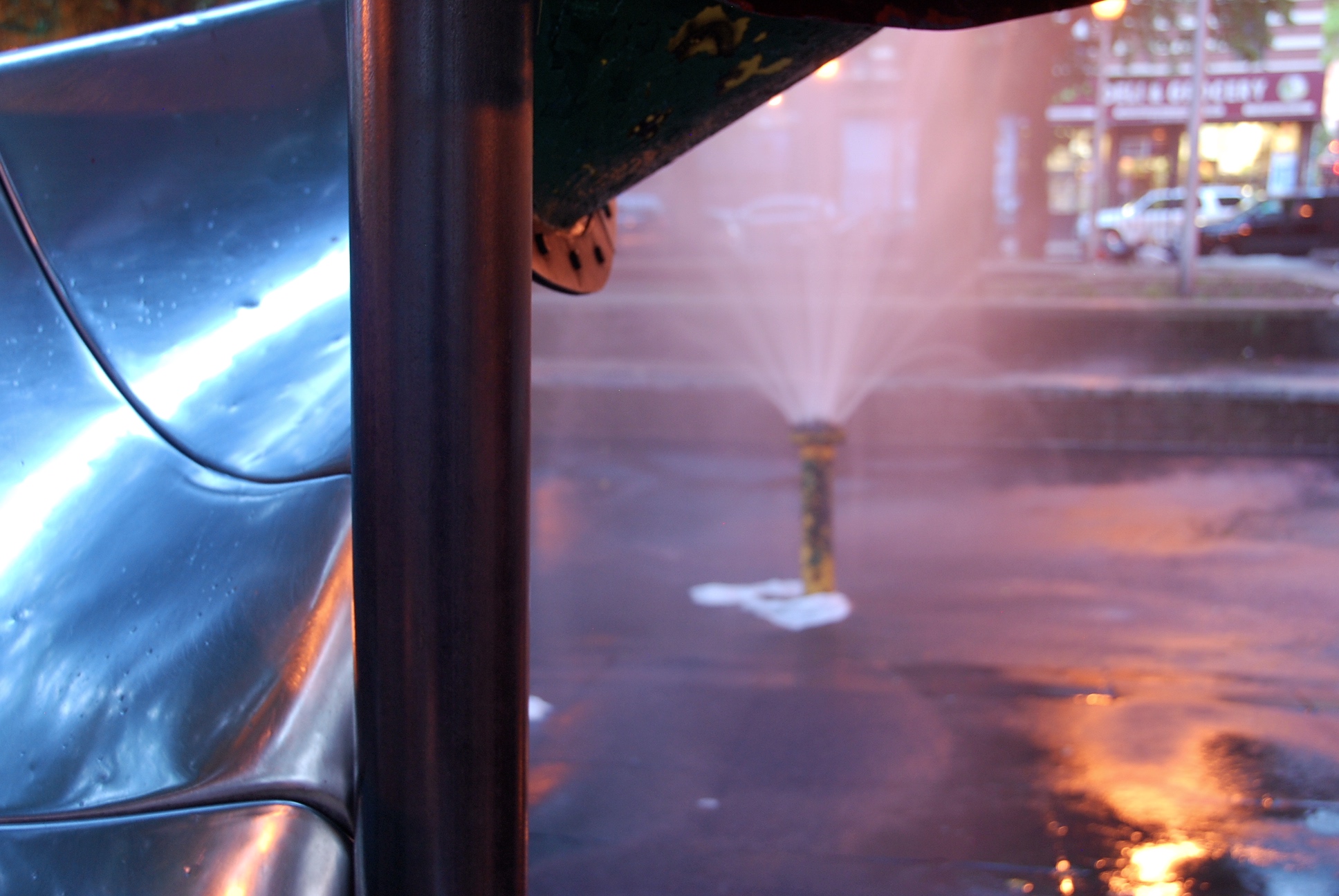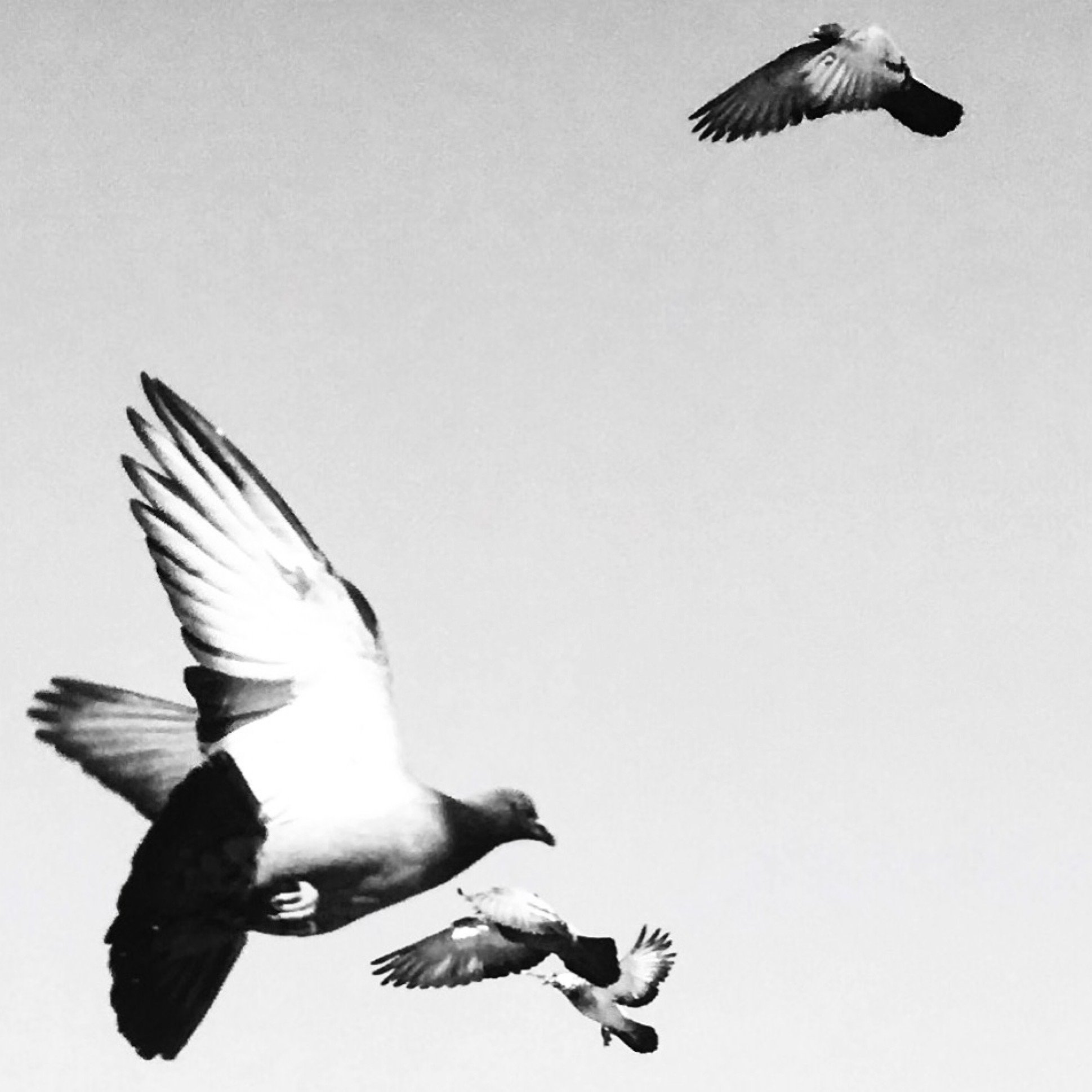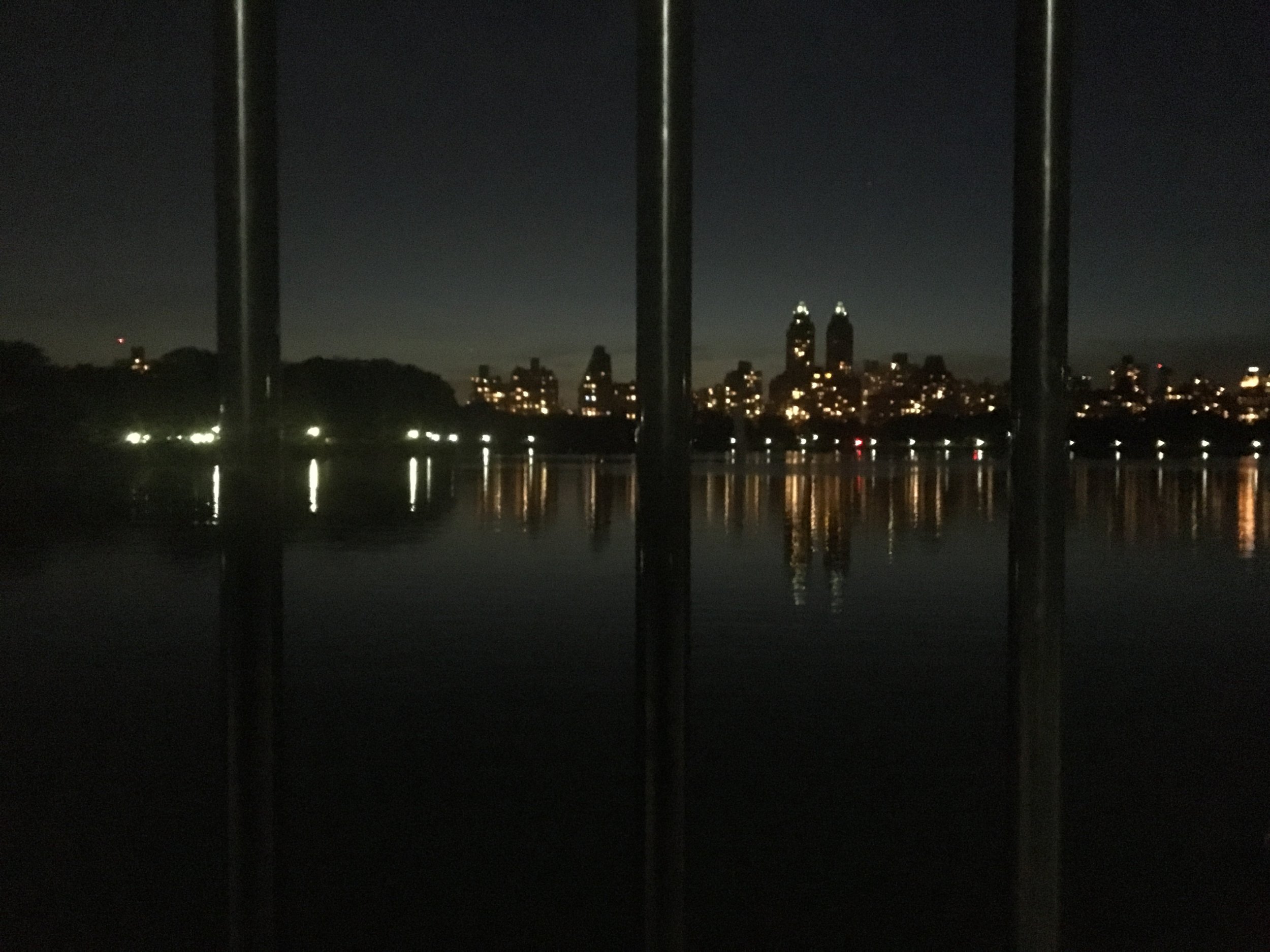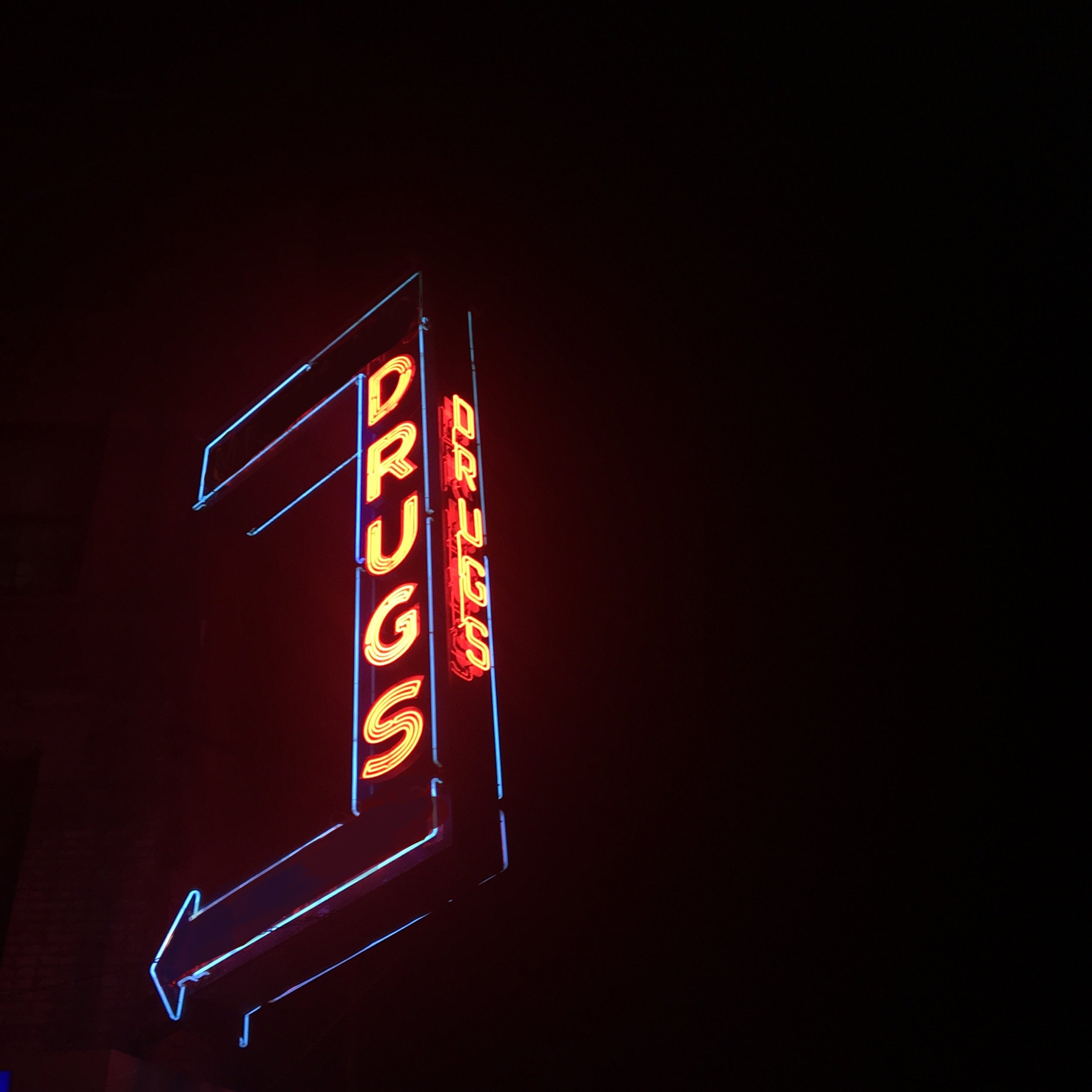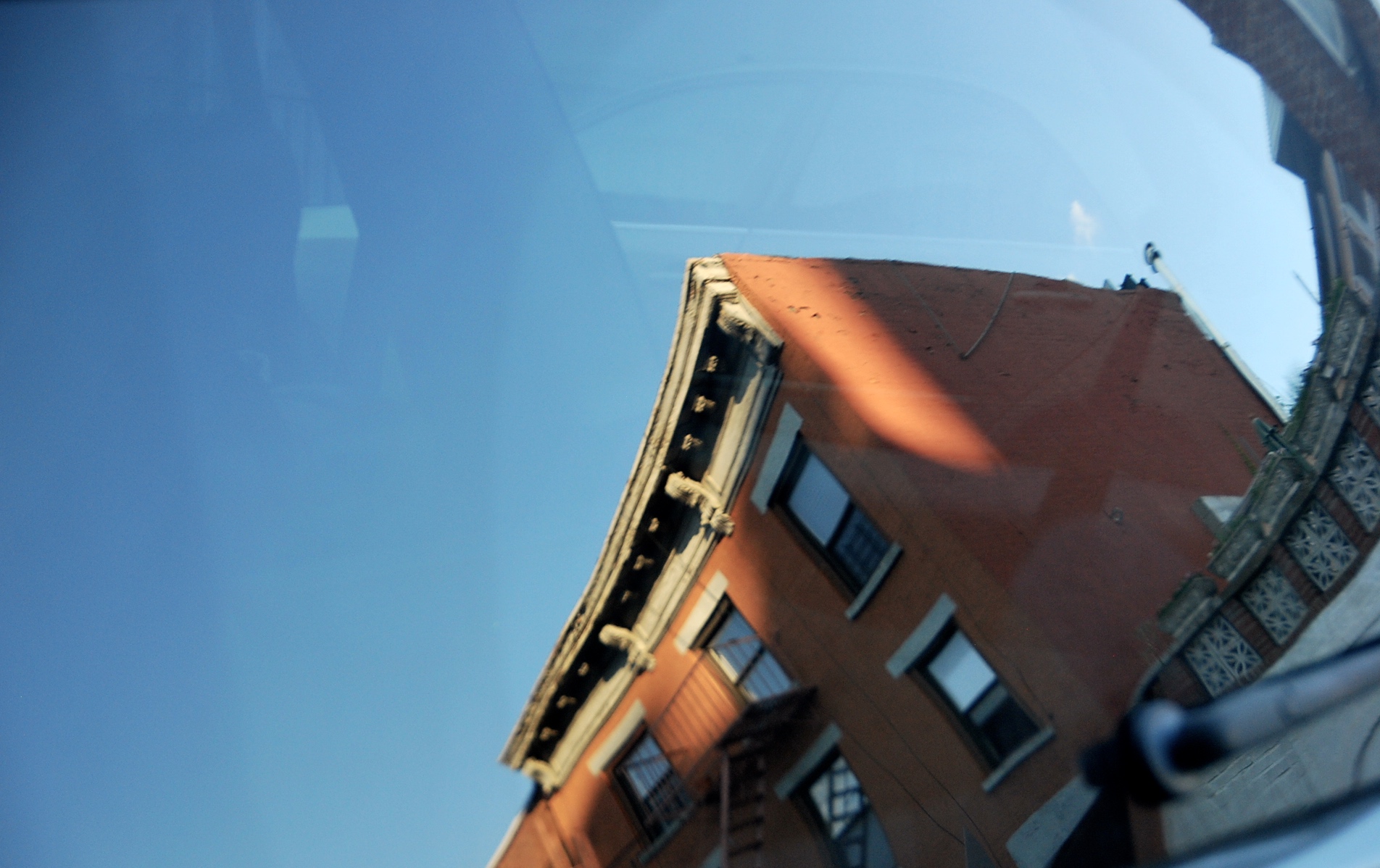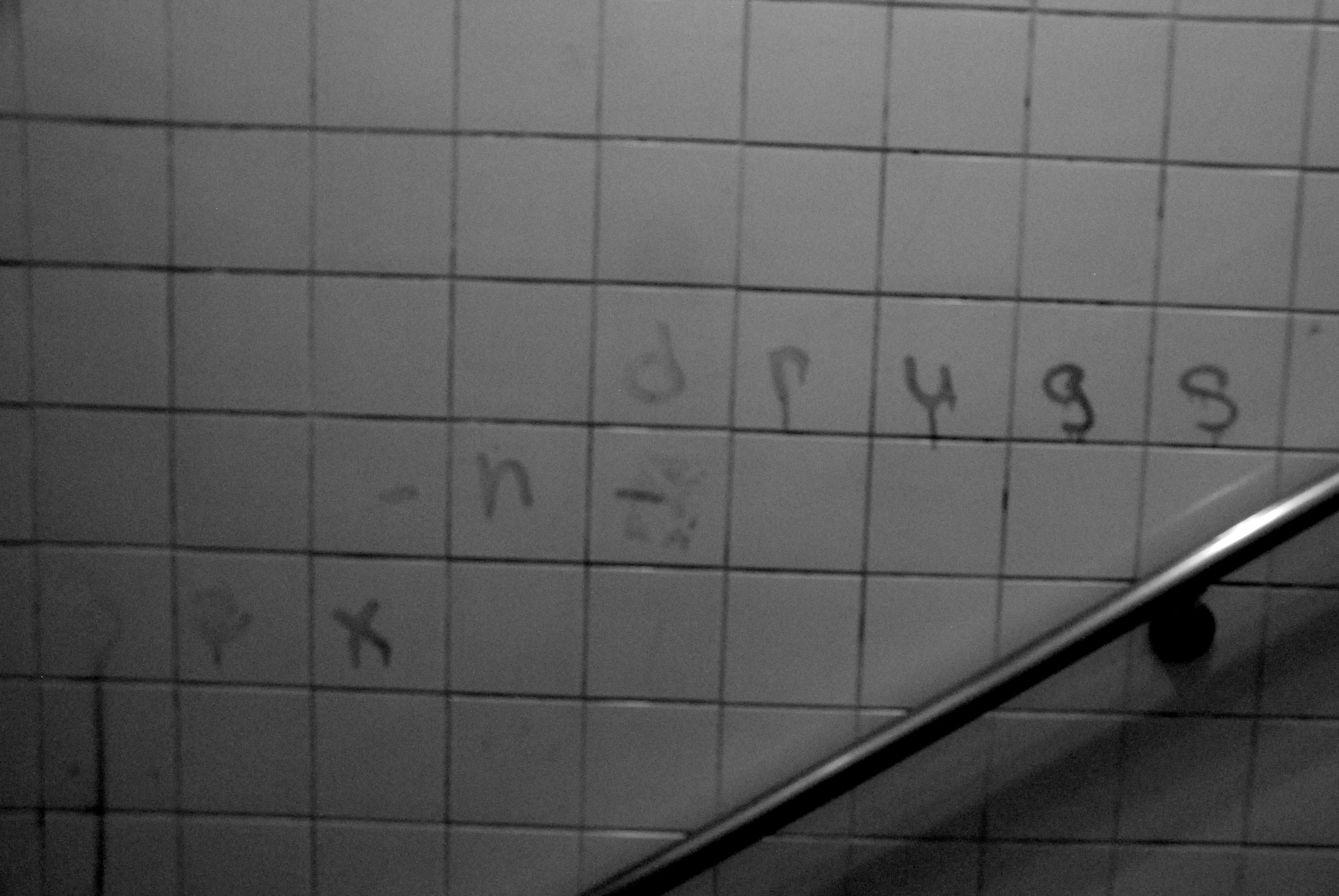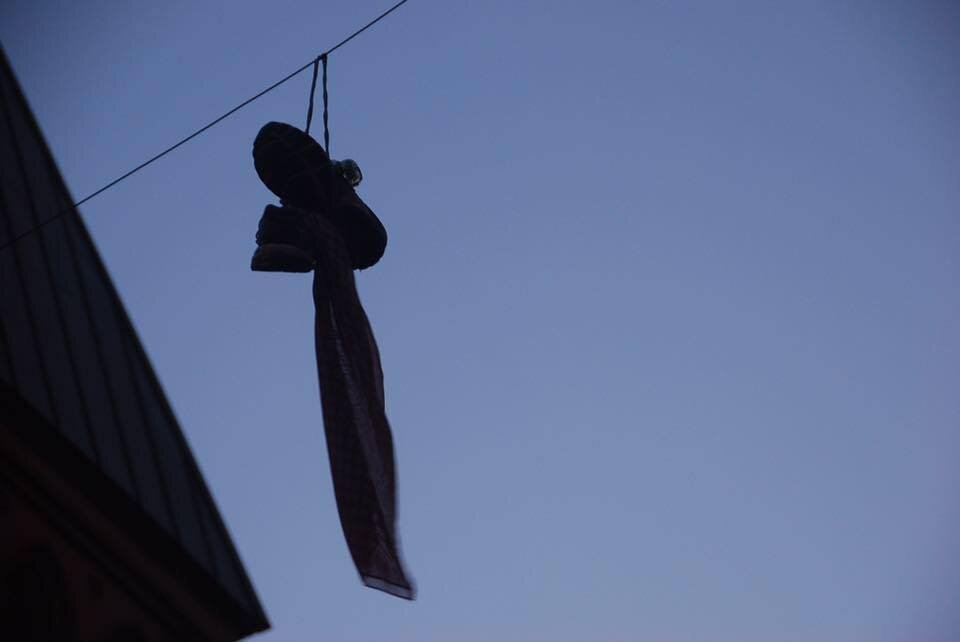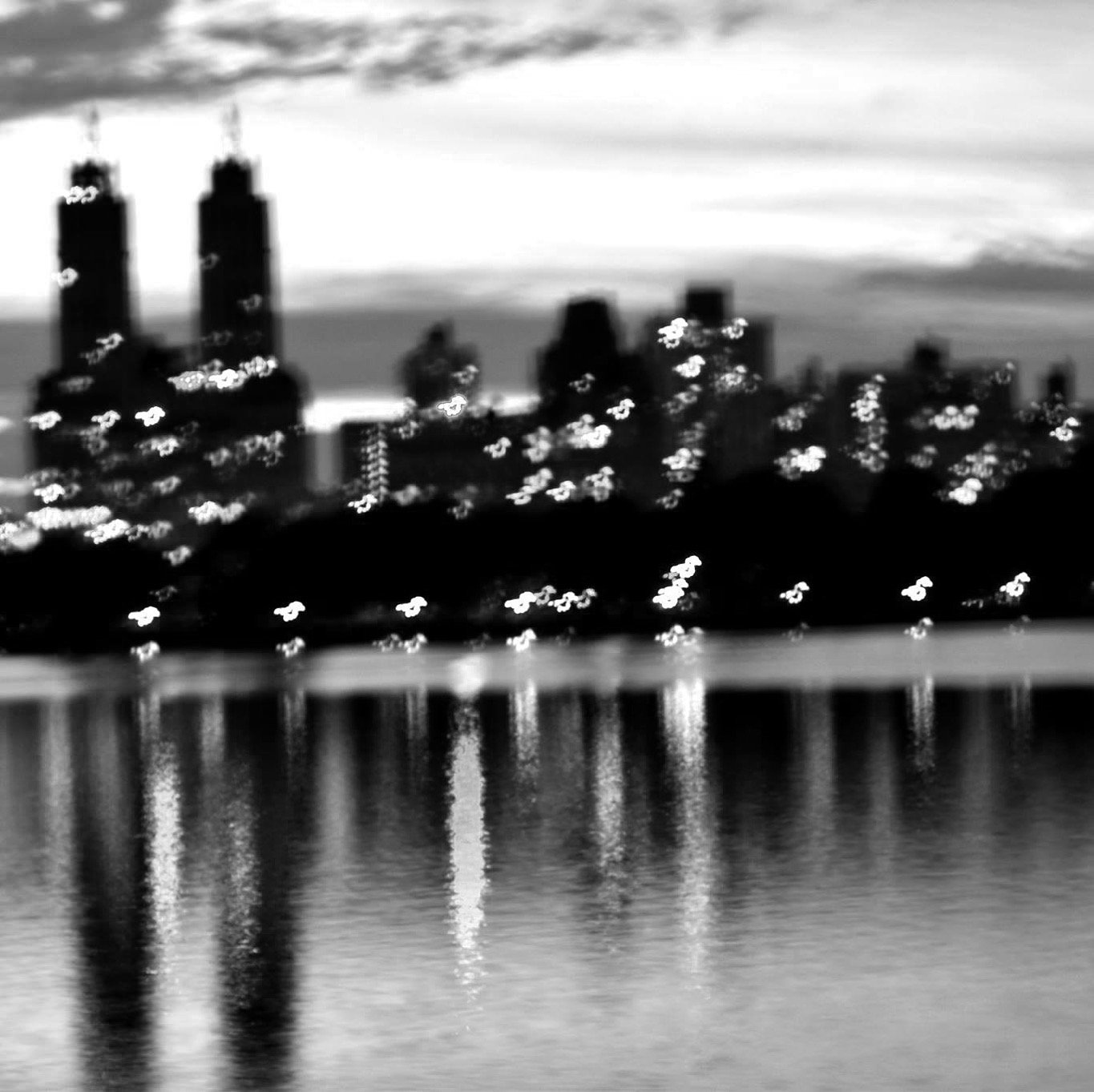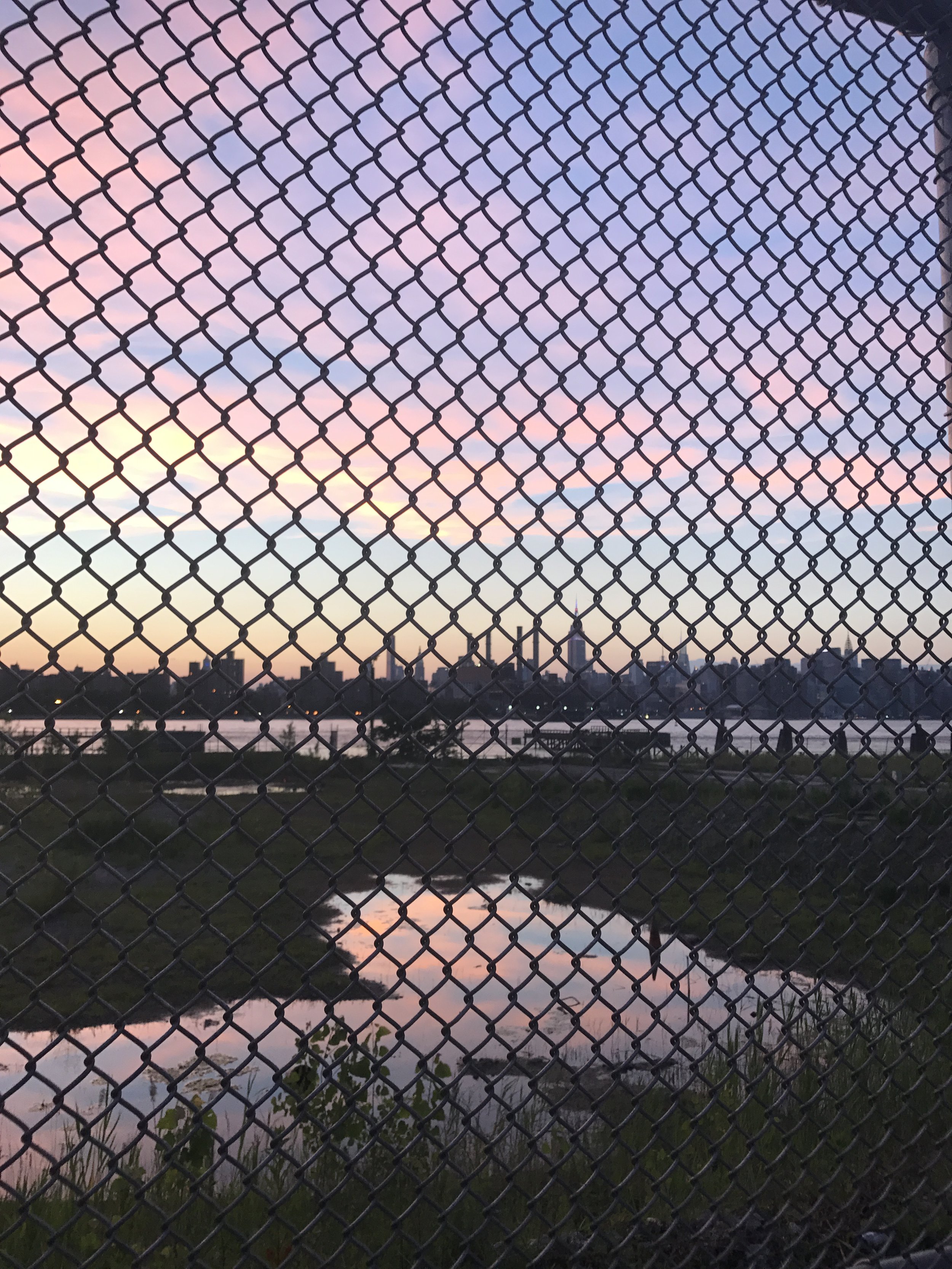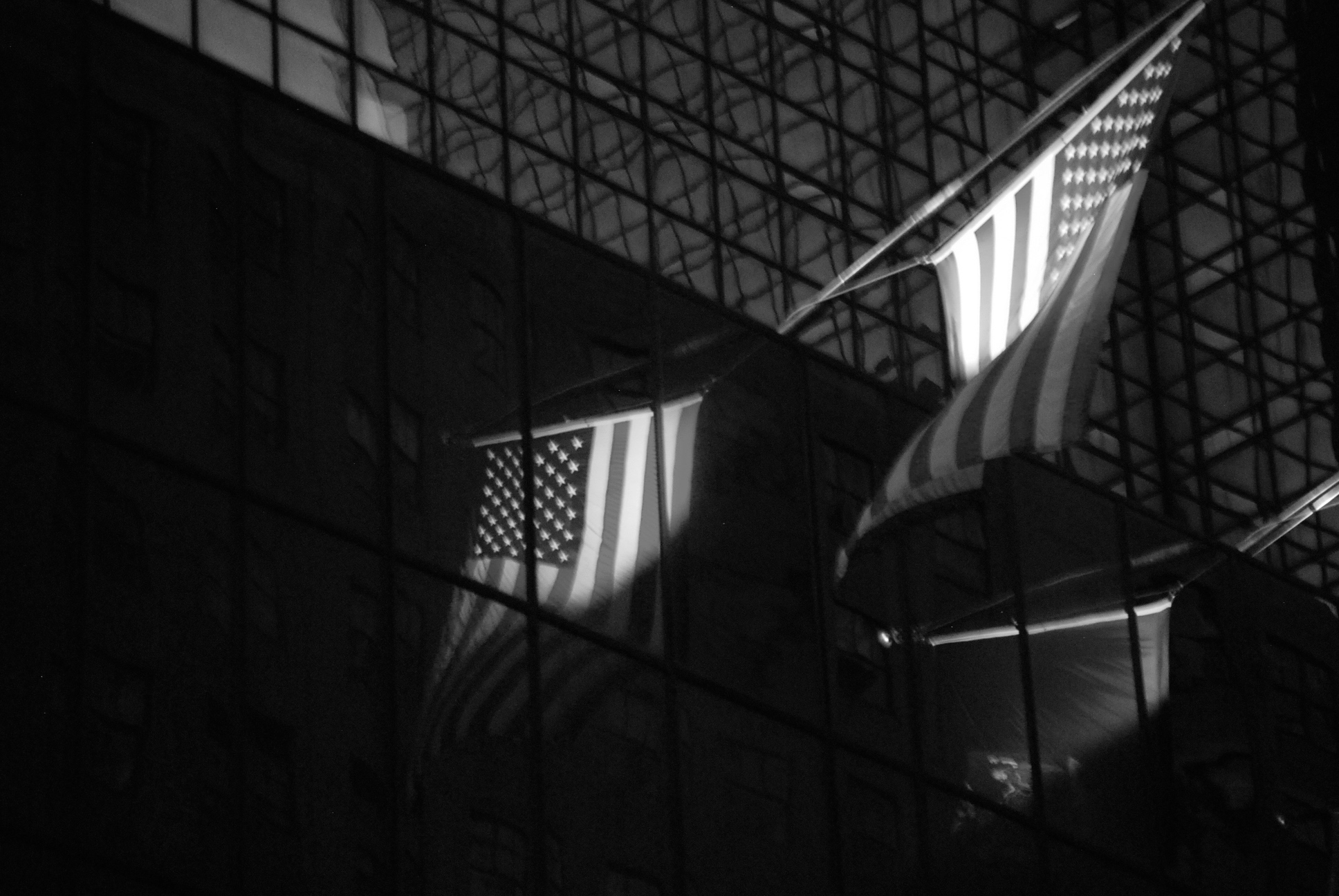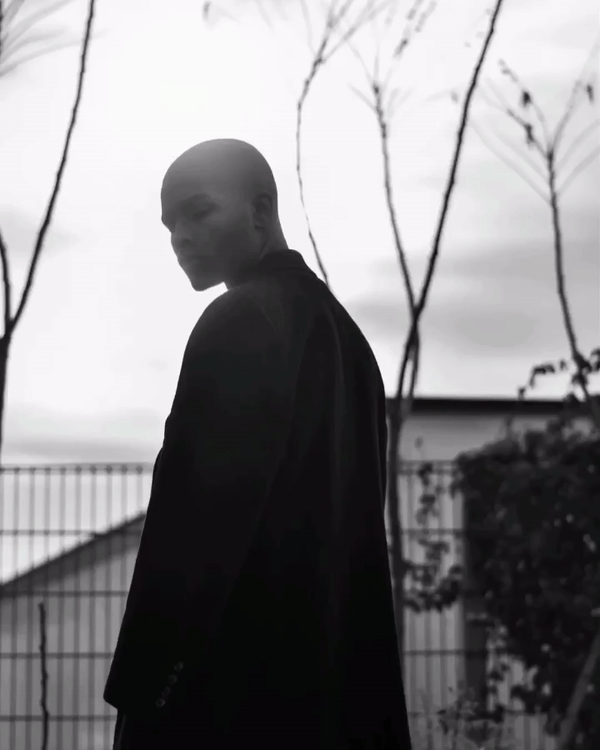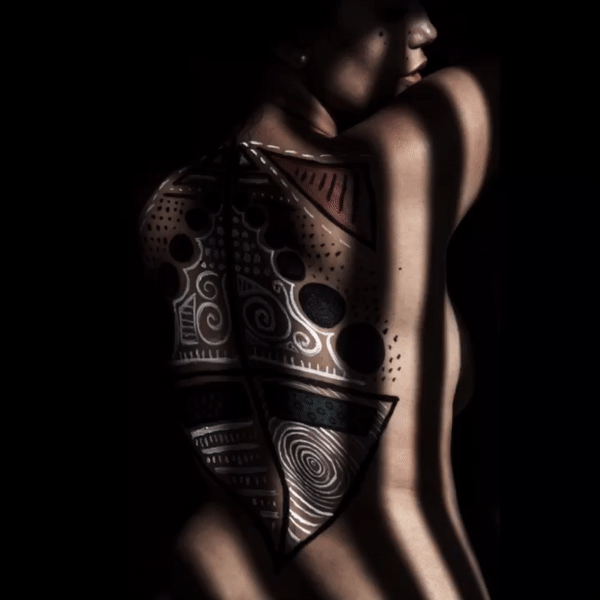Cinemagraph Portraits
Photo Documentary: On Edge With A Spray Can
Medium: 35mm Black and White Film.
Featuring Coco, Solow and 143
What are some places you’ve hit?
“Too many different places to keep track of, we’ve been underground, above ground, on top of tall buildings, on bridges. Everywhere we are not supposed to be we’ve hit and are proud of it.”
What is your tag and what made you choose it?
“My name on the streets is Coco, the reason I chose it is because it’s different and I want people to know that a female did it when they see my tag. It’s cute and girly. The first time I ever did shrooms I had this vision of a beautiful naked woman, she had to be my dream girl. I drew her in my sketchbook that night and had no idea I drew her while I was sober the next day. A few days later I looked at my book and was so blown away, I began to draw her and see her all the time and that’s why she’s what I draw everywhere. I even have her tattooed on me, I’ll show you.”
How did you two decide to do this together and what’s the whole dynamic of being female in this culture?
Coco: “We were always into art and graff, we met a lot of writers at parties and everything. So one day we were like let’s do this, let’s write together as females.”
Solow: “Some of the male writers don’t take us seriously, they call us ‘Toys’, because they think we are trying to hard to be graff artists. They also call us graffiti groupies. Some of them just take it personal when they hit on us and we do not respond or give them what they want, so they start to call us names and look down upon us.”
Coco: “But a lot of them have respect for us, they appreciate that as women we have the courage and the drive to take on dangerous places."
Solow: “We don’t really let their criticism stop us from expressing ourselves.”
Coco: “Even though we seem like we don’t need the male writers to do our thing, there have been times I’ve needed a boost to get me up to some tough spots to write.”
How did you start Solow?
“I started when I was in the sixth grade in Ukraine. It was just a thing my friends and I did when we were in school. I had to leave the country abruptly because my father wanted us to move out of the country, he needed to protect us so he made us move. I even remember writing in my black book and on the walls back there. I want to go back so I can get back those memories. I just turned legal in this country a few weeks ago, which means I might be able to go back. I miss home because Ukraine made me a writer.”
So why 143?
“143, I hate you, I love you, and I miss you. I’ve been to jail three times and I’m still doing this. Twice in Rikers and once in Juvi, but my heart won’t let me stop. I’m too passionate. I hate you because you took me to jail twice and hurt the people that love me like my family. I love you because you are my all; you’re there for me when I’m pissed off, or sad or even happy. When I feel these different emotions, I got out and just do my thing. I miss you because when I’m away from you, there’s no happiness. The six months away from the streets in jail was the hardest thing I’ve had to deal with because I couldn’t write. People don’t respect my tag; they throw subs at me because 143 is what you said to your girl in high school, they think it’s corny. But I don’t care, it’s how I express myself.”
I see you have a rosary around your neck, are you religious?
“Yeah man, you know how it is on these streets. I’m risking my life on a regular, bombing the streets isn’t easy. There’s a reason the things we do as writers are illegal. I’m religious; the man up there has been there for me when I’ve most needed him. Just yesterday I was writing while standing on my ladder on a high spot and slipped really bad, my life flashed in front of my eyes because I thought I was going to fall. If I fall I know it’s going to be bad. I can’t tell you how many times he has saved me from seriously injuring myself or losing my life. I’m blessed.”
Have any tattoos that signify your life as a writer?
“Yeah, I do let me show you. I have this one of Garfield with a spray can because I think Garfield and I have the same personality. We both love food and are funny. But this one right here is the map of queens, I had to get that on me because I grew up in queens and it’s where I started bombing, I started when I was ten and have bombed all around there. It’s the easiest of all boroughs to do because it’s my haven; I’m all over queens. I like Manhattan and Brooklyn, but I know queens and it’s my hood.”
Fact about Spray Cans in stores: According to the American Coatings Association, lockup ordinances are a way to control vandalism. Under “lockup,” stores are required to keep spray paint in locked cases or cages, making it hard for customers to access without the assistance of an employee. By taking them off of regular shelves, the law makes it inconvenient and time consuming for the customer to buy the product therefore cutting down the sales.
“Some spray cans and paints are expensive, we don’t like spending anything on buying paint for writing. We’ve gone to Home Depot with a home depot bag and asked them to open up the cage for us. We take a bunch of cans we want put them in the bag and act like we just bought mad stuff and run out. I’ve done it like three times and haven’t got caught. But I don’t plan on spending money on that stuff.”
Photo Documentary: On Edge With A Spray Can
Graffiti-It’s a familiar term in New York City. It’s an addition to the culture that gives parts of the city a personality, which is hard to fathom without. I’m a passionate onlooker of this type of art that some people do not understand to really be art. It’s the epitome of defacing public spaces as a form of an artistic expression. My photo documentary will take you into the lives of these artists. Not the ones that get paid dollars to paint murals, but the ones that throw tags to get their name out there. These are real time vandals that call themselves writers. The one’s that risk their lives on a regular basis just so that they can express themselves. I hope for my audience to take away from this project the passion behind a “crime”.
I’ve had the opportunity to interview about five artists who were open to talking about their lifestyles. However, It is usually hard for them to be open to revealing who they actually are because they know they cannot trust anybody as a result of constantly committing a crime. This has caused them to acquire two identities, one that they live by regularly or were born with and the other as per their tag name on the streets. The world knows them by their street name, but their loved ones and acquaintances know them as themselves.
It’s hard to fully understand the idea behind wanting to intentionally deface public spaces. On being exposed to the culture, I’ve learnt why what they do is uncontrollably exciting. It’s about being youthful and creative. With your art you meet people who do the same thing and people who appreciate what you do. A rush of excitement is established when you gain that two second or thirty second of fame by someone awing at your work or even disgusted by it’s damage. People define their youth as a time of vigor and immaturity, a time where you can do things you will look back at and appreciate as a mark on the world.
More than anything, they do not think what they are doing is in actuality a crime. It’s an art and art is not a crime, if anything art should be a substitute for violence. From this experience I’ve learned that writers are not vandals, writers are artists that live on the edge in sheer expression.
Medium: 35mm Black and White Film.
Shot, interviewed and developed by Ashika Kuruvilla
Street Photography
